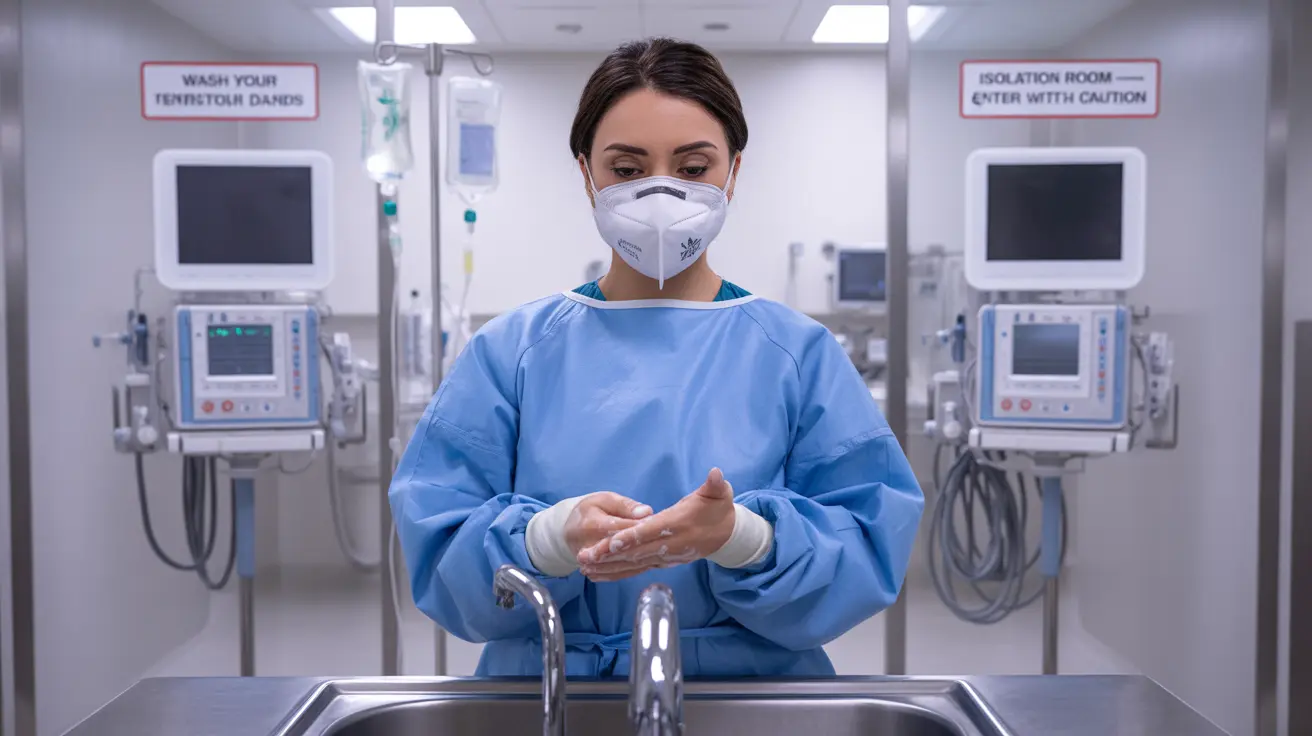Tuberculosis (TB) isolation is a critical public health measure that helps prevent the spread of this serious respiratory infection. When someone has active TB, proper isolation procedures protect family members, healthcare workers, and the broader community from exposure to the bacteria.
Understanding the requirements and duration of TB isolation is essential for both patients and caregivers. This comprehensive guide will explain everything you need to know about TB isolation protocols, including when it's necessary, how long it should last, and what precautions to take.
Understanding TB Isolation Requirements
TB isolation is necessary for patients with active, infectious tuberculosis. This typically means the bacteria are present in the lungs or throat, and the person can potentially spread the disease through respiratory droplets when coughing, speaking, or sneezing.
The primary goal of isolation is to prevent transmission to others while the patient receives appropriate treatment and becomes non-infectious. This usually requires staying in a special negative-pressure room if hospitalized, or following strict home isolation protocols if permitted by healthcare providers.
Duration of TB Isolation
The length of isolation depends on several factors, including:
- Response to treatment
- Results of sputum tests
- Overall health improvement
- Type of TB infection
Most patients need to remain in isolation until they have completed at least two weeks of appropriate anti-TB treatment and show clinical improvement. Additionally, three consecutive negative sputum samples, collected at least 24 hours apart, are typically required before isolation can end.
Home Isolation Guidelines
When patients are allowed to isolate at home, they must follow these essential precautions:
- Stay in a well-ventilated room separate from other household members
- Wear a surgical mask when others are present
- Cover mouth and nose when coughing or sneezing
- Maintain good ventilation by opening windows when weather permits
- Limit close contact with others, especially children and immunocompromised individuals
Healthcare Worker Protection
Healthcare workers caring for TB patients must implement specific protective measures:
- Use appropriate personal protective equipment (PPE)
- Wear properly fitted N95 respirators
- Follow proper hand hygiene protocols
- Ensure proper room ventilation
- Maintain documentation of all patient interactions
Frequently Asked Questions
How long do I need to stay in isolation if I have active tuberculosis (TB)?
You typically need to stay in isolation until you've completed at least two weeks of appropriate TB treatment and have three consecutive negative sputum samples taken 24 hours apart. Your healthcare provider will determine when it's safe to end isolation based on your specific situation and response to treatment.
What home precautions should I follow to prevent spreading TB to my family members?
Stay in a separate, well-ventilated room, wear a surgical mask when around others, cover your mouth when coughing, and maintain good ventilation. Limit close contact with family members, especially children and those with weakened immune systems.
When can a person with TB safely end their isolation and return to normal activities?
You can end isolation when your doctor confirms you're no longer infectious, typically after completing at least two weeks of effective treatment, showing clinical improvement, and having three negative sputum samples. Your healthcare provider will make the final determination based on your individual case.
What protective measures should healthcare workers take when caring for TB patients?
Healthcare workers must wear properly fitted N95 respirators, use appropriate PPE, practice proper hand hygiene, ensure adequate room ventilation, and follow institutional infection control protocols when caring for TB patients.
How does wearing an N95 mask help prevent TB transmission during isolation?
N95 respirators filter out at least 95% of airborne particles, including TB bacteria. These masks create a tight seal around the face and effectively prevent the wearer from inhaling infectious droplets, making them essential for protection against TB transmission.




